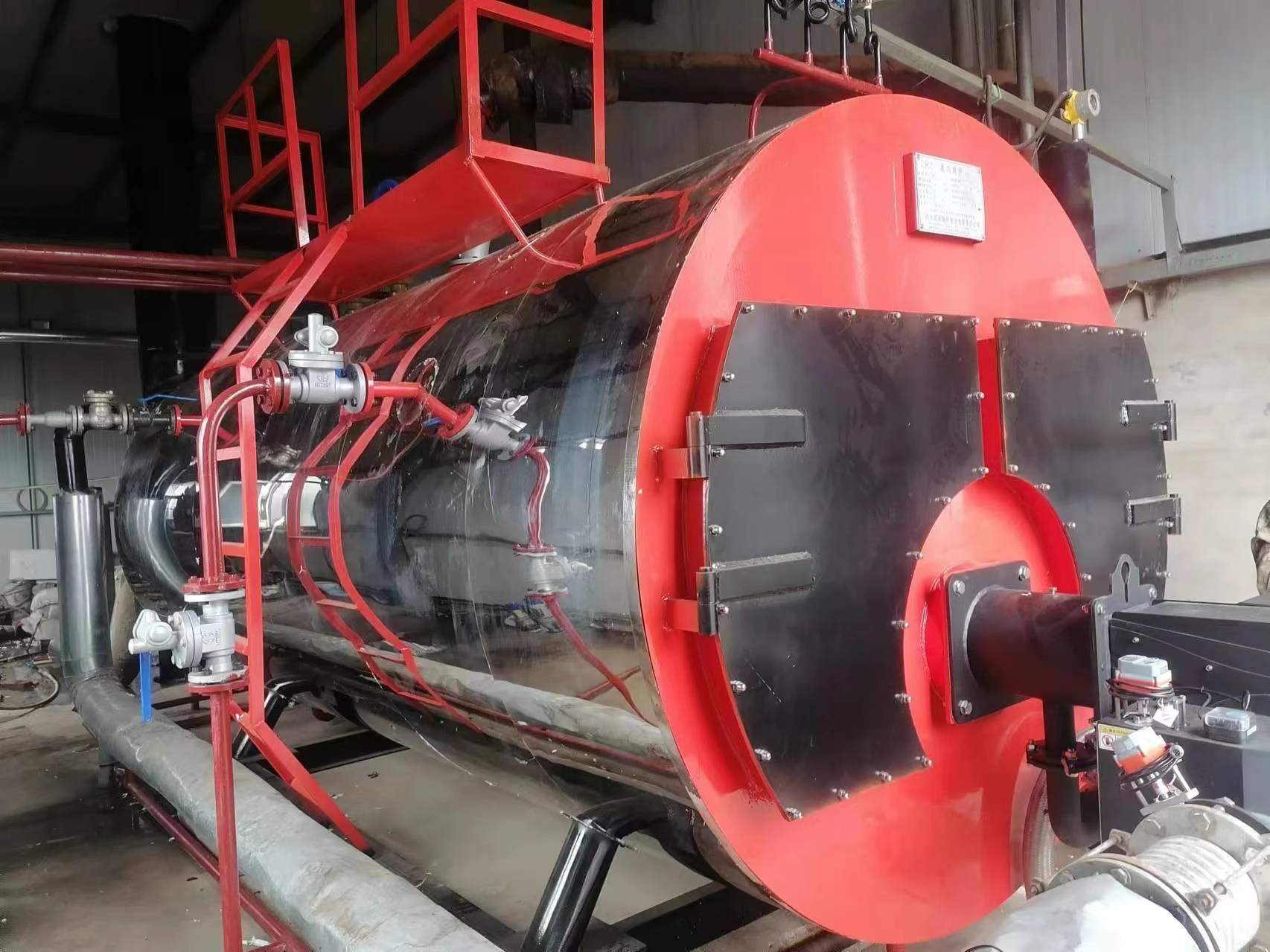
ພ.ຈ. . 07, 2024 14:42 Back to list
Innovative Approaches to Steam Boiler Design for Enhanced Efficiency and Safety
Design Considerations for Steam Boilers
Steam boilers are critical components in various industries, providing essential heat and power for processes ranging from manufacturing to energy generation. The design of a steam boiler is crucial, as it not only affects the efficiency and safety of the system but also its longevity and operational costs. In this article, we will explore the major considerations involved in steam boiler design.
1. Type of Boiler
The first step in steam boiler design is selecting the type of boiler. There are two primary types fire-tube boilers and water-tube boilers. Fire-tube boilers are characterized by the combustion gases traveling through tubes that are surrounded by water. They are generally easier to build and maintain, making them suitable for lower pressure applications. In contrast, water-tube boilers have water circulating in tubes and are surrounded by hot gases. These boilers can handle higher pressures and are often employed in large-scale industrial applications where efficiency is paramount.
2. Pressure and Temperature Specifications
The design of a steam boiler must account for its intended operating pressure and temperature. High-pressure boilers are designed to produce steam at pressures often exceeding 200 psi, requiring robust materials and safety mechanisms to prevent failure or explosions. The materials used in boiler construction must withstand the stresses associated with high pressure and temperature operations. Additionally, the choice of materials will influence heat transfer efficiency, corrosion resistance, and overall safety.
3. Fuel Source and Combustion Efficiency
The choice of fuel is another critical consideration in boiler design. Common fuels include natural gas, oil, coal, and biomass. Each fuel type has distinct burning characteristics, energy content, and emissions profiles that must be considered to achieve optimal combustion efficiency. A well-designed boiler will include features such as automatic fuel supply systems, relevant combustion controls, and emissions management systems to ensure compliance with environmental regulations while maximizing efficiency.
4. Heat Transfer Design
steam boiler design

Heat transfer is a key aspect of steam boiler design
. Engineers must calculate the heat exchanger area needed to achieve the desired steam output efficiently. Factors affecting heat transfer include the temperature difference between the combustion gases and water, the type of surface used for heat exchange, and the flow velocities of both the gases and the water. Advanced design techniques such as utilizing finned tubes can enhance heat transfer efficiency and reduce the overall size of the boiler.5. Safety Features
Safety is paramount in steam boiler design. Boilers operate under high pressures, which necessitates the incorporation of multiple safety features. This includes pressure relief valves, safety interlocks, and automatic shutoff systems. Regular inspections and maintenance protocols must also be established to ensure the continued safety of the boiler throughout its operational life. By adhering to stringent safety standards and employing redundant safety systems, designers can mitigate the risks associated with boiler operations.
6. Control Systems
Modern steam boilers often incorporate sophisticated control systems to enhance their operational efficiency. These systems monitor parameters such as temperature, pressure, and water levels, allowing for real-time adjustments to the combustion process. Automation systems can significantly improve the reliability and efficiency of the boiler while also reducing human error. Advanced data analytics and artificial intelligence may also be integrated to predict maintenance needs, optimize operations, and improve response times to changing operational conditions.
7. Environmental Considerations
Finally, environmental impact should be a significant consideration in steam boiler design. Designers must explore options for reducing emissions, such as incorporating flue gas recirculation systems and efficient scrubbers. Furthermore, selecting eco-friendly fuels and ensuring that the boiler operates within established emissions limits can contribute to sustainability efforts within industrial processes.
In conclusion, steam boiler design is a multifaceted process that demands careful consideration of various factors, including type, pressure, fuel source, heat transfer efficiency, safety, control systems, and environmental impacts. A well-designed steam boiler not only enhances operational efficiency but also ensures safety and compliance with regulatory standards, ultimately contributing to the sustainability of industrial practices. As technologies advance, continuous innovation in steam boiler design will ensure that they remain a cornerstone of industrial heat and power generation for years to come.
-
Best Steam Boiler Design PDF Free Design Calculation & Diagram Downloads
NewsJun.10,2025
-
Hot Boiler Water Heater Efficient Heating Solutions for Home & Commercial Use
NewsJun.10,2025
-
Steam Boiler Safety Devices High-Quality Protection Valves
NewsJun.10,2025
-
Ultimate Steam Boiler Checklist for Safety & Efficiency
NewsJun.10,2025
-
Optimal Hot Water Boiler Temperature Setting Guide
NewsJun.10,2025
-
Effective Hot Water Boiler Chemical Treatment Protect & Maintain
NewsJun.09,2025
Related PRODUCTS






















